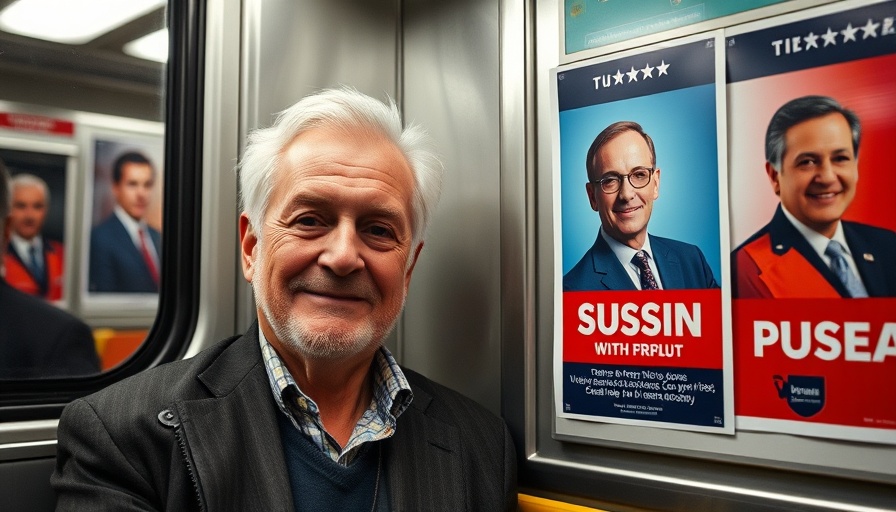
Manhattan's Race for Borough President Heats Up
The battle for Manhattan Borough President has intensified as City Council Member Keith Powers and State Senator Brad Hoylman-Sigal vie for critical funding and votes in the upcoming Democratic primary on June 24. The latest fundraising results reveal that while Powers holds a commanding lead in total available funds, Hoylman-Sigal has gained significant ground in recent contributions.
Hoylman-Sigal's Fundraising Surge
Hoylman-Sigal reported raising $178,401 in February—surpassing Powers' $104,427 in the same month. This momentum is vital as he has raised a total of $305,563 in private contributions but has yet to qualify for public matching funds. This strategic financial boost positions him as a formidable contender, especially with endorsements from prominent West Side Democratic figures.
The Rise of Calvin Sun
An unexpected player in this race is Calvin Sun, an emergency room physician who has made a notable entrance into the political arena. With $120,324 in private donations and $370,884 in public funds, Sun has demonstrated that he is a credible candidate, mirroring the fundraising strength of Hoylman-Sigal and coming close to Powers’ larger war chest. His unique background as a healthcare worker during the pandemic resonates with many voters and sets him apart from his seasoned opponents.
Current Landscape and Predictions
With the incumbent Borough President Mark Levine transitioning to a citywide role, the vacuum for leadership has left the race wide open. Powers still dominates overall funding with a total of $798,401 after factoring in public funds. As the campaign progresses, it will be vital for both Hoylman-Sigal and Sun to leverage their recent gains to continue building support and fundraising momentum. With so many contributions coming from committed local supporters—1,268 for Hoylman-Sigal versus 997 for Powers—their grassroots outreach could be a key to their success against the established leader.
Implications for Manhattan's Future
The election results will significantly impact Manhattan's legislative priorities and direction. The candidates’ differing backgrounds—Powers with deep ties to East Side politics and Hoylman-Sigal representing the West Side—promise a robust discussion of policies affecting the borough. As voters consider their options, the ability of a candidate to connect with local needs and concerns may decide the upcoming primary. The race remains competitive, and all eyes will be on the fundraising totals leading up to the critical June primary.
 Add Row
Add Row  Add Element
Add Element 



Write A Comment